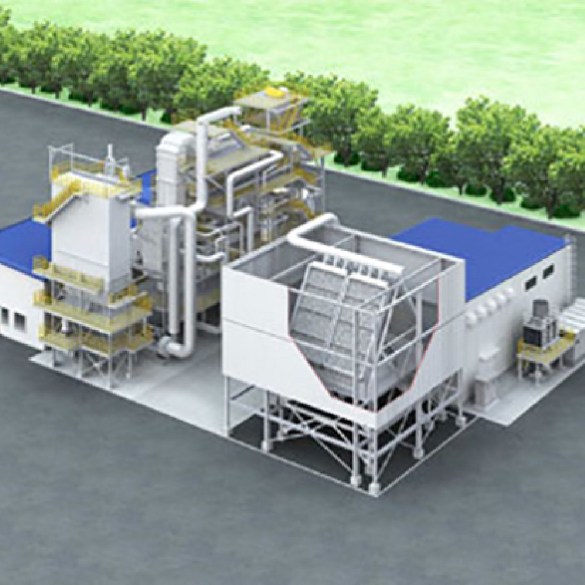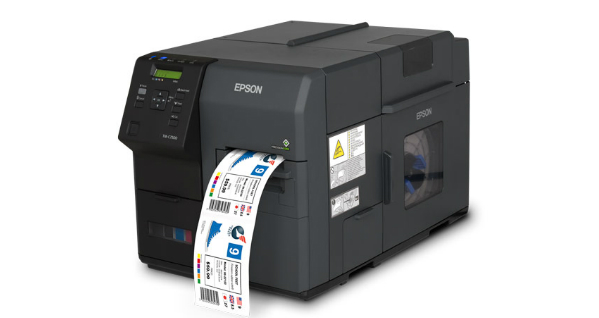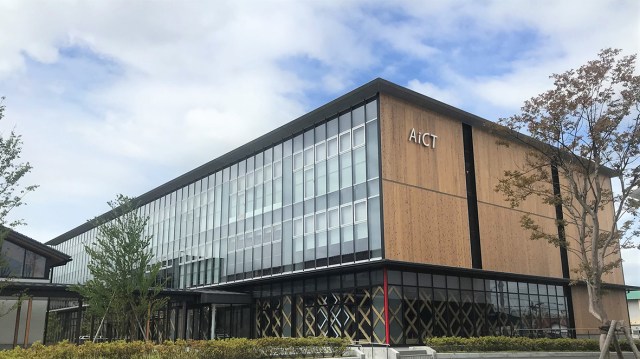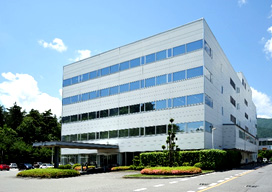
Conceptual drawing of the Minami-Shinshu Biomass power plant
Epson has announced it is planning the construction of the company’s first biomass power plant in Japan.
The company hopes to have the plant in operation in the 2026 fiscal year (ending March 2027) and is moving to secure the land and buildings, contract construction and file the paperwork for power generation. Epson plans to construct the plant on the site of the former Kiribayashi Clean Centre, which the Minami Shinshu Wide-Area Union shut down in December 2017.
Epson publicly committed to becoming carbon-negative and free of non-renewable resources such as oil and metals in its Environmental Vision 2050.
The use of renewable electricity is a key means by which Epson seeks to reach its goal of decarbonisation. In December 2023, Epson completed the switch to 100% renewable electricity at all Epson Group sites globally, excluding some sales sites and leased properties where the amount of electricity consumed cannot be determined.
The new power plant is intended to provide Epson with self-generated renewable electricity on a continuous basis and reduce the ratio of electricity the company purchases from external power companies, thereby promoting wider public adoption of renewable electricity
The company has announced the electricity generated will be sold to the market under a feed-in premium (FIP) scheme.. Unlike in a feed-in tariff (FIT) scheme, where electricity is purchased at a fixed price, instead electricity producers that sell electricity on a wholesale market, for example, receive a premium on top of the selling price. This helps to promote the adoption of renewable electricity. and Epson will convert the electricity that it uses into renewable electricity by leveraging the environmental value created through power generation. Moreover, the power is expected to be supplied to local facilities in the event of a disaster or other emergency.
The new power plant will not depend on fossil fuels. It will be fuelled primarily by unused wood from the Minami Shinshu area, as well as by materials such as tree bark, mushroom culture medium and some waste wooden pallets from Epson. Epson will also be contributing to forest maintenance by utilising wood and bark from neglected forests.
Building this power plant will help Epson make its own electricity and ensure it meets the standards set by RE100, which focuses on producing extra renewable energy.
In the future, Epson says it aims to create a closed-loop power plant, including by developing technology for the fixation and utilisation of CO2 produced during power generation. It will also continue to promote the widespread adoption of renewable electricity, reduce its energy consumption, and circulate resources on its way to realising its Environmental Vision 2050.
Comment below to have your say on this story.
If you have a news story or tip-off, get in touch at editorial@sprinter.com.au.
Sign up to the Sprinter newsletter




